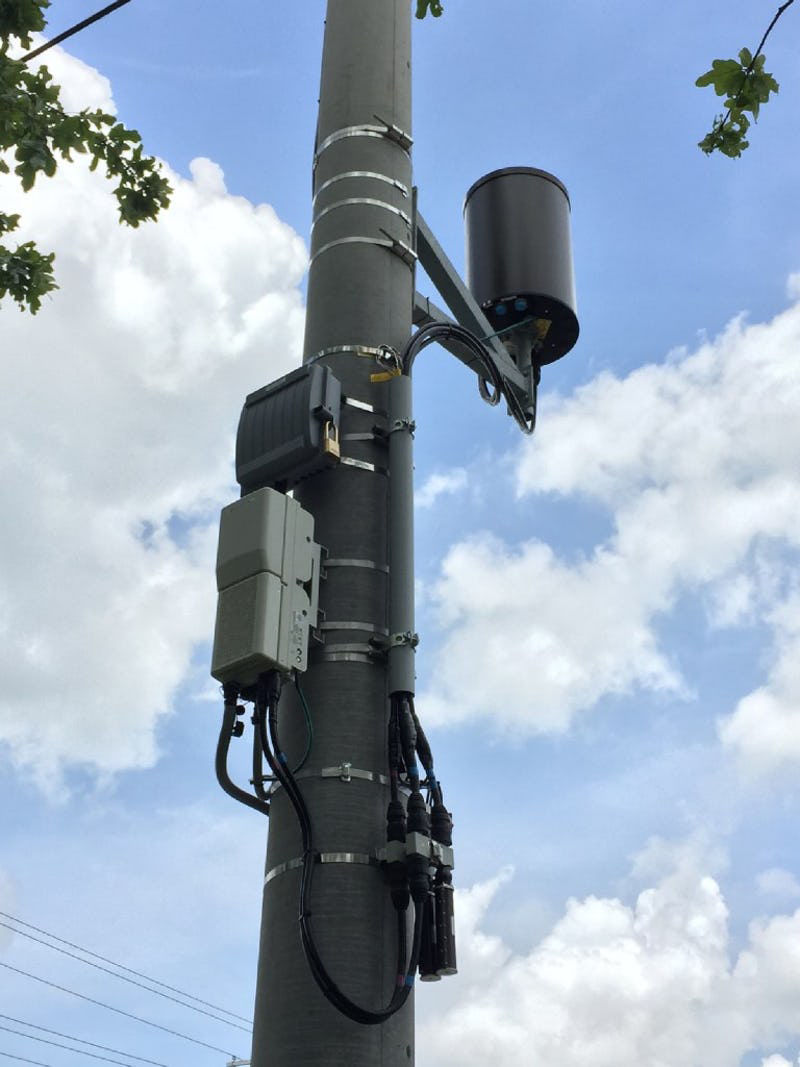If you've ever walked through a city you might have noticed tiny 5G cell towers on the poles of street lights. what is a safe distance from a 5g cell tower appear like tiny boxes however they're actually sending wireless signals from cellular providers to your phone.
They are replacing larger specially-designed cell towers. Although they're not as visible, they still can cause issues for users.
The of the FCC's Radiation Exposure Thresholds
The FCC's Radiation Exposure Thresholds determine the safe limit at which a person can be exposed to electromagnetic energy from wireless devices. The exposure limits are based on scientific data which show that the energy of RF could cause harm to health.
The rate of absorption called the specific absorption rate (SAR) is a measure of the radiofrequency energy that is absorption by tissues. It is typically 1.6 milliwatts per kilogram calculated over one kilogram of tissue.
However, because 5g transmits at higher frequencies, it has the potential to cause greater energy intensity on the skin and other exposed body areas. This can lead to various possible harms, like the formation of skin disorders like dermatitis, cataracts, and skin cancer.
Because of the potentially negative effects of 5G radiation, PSU has chosen to establish a general, localized maximum power density of four mW/cm2 based on the average on 1cm2, but not to exceed 30 minutes, for all 5G services at 3000 GHz. This localized limit is consistent with the peak SAR that is spatially averaged at 1.6 W/kg, averaged over one g of tissue at 6 GHz.
The FCC's Maximum Exposure Thresholds
If you've ever used a cell phone, then you're aware that the safest location from the tower should be at least 400 meters away. This is because the power of the transmission of cell towers increases drastically the further away the tower is.
While it sounds like an ideal idea however, people living in close proximity to towers may actually be more prone to health issues. For instance, a study conducted in 2014 in India discovered that people who lived within 50m of cell towers had significant more health issues than those who lived farther distance from them.
This study revealed that those who relocated into areas farther away from the cell towers saw their symptoms improve within a couple of days. Studies have also revealed that exposure to high levels of radiofrequency electromagnetic fields (EMFs) can cause cancer, brain tumors and other health issues.
This is due to the fact that RF radiation, which is used in wireless communications, may penetrate the human body's outer layer of skin. It is vital to be aware of this because the skin acts as a shield against injuries caused by mechanical forces, infections caused by pathogenic microorganisms and the entry of harmful substances. It is also the largest organ in the human body. It is responsible for keeping the integrity of the other organs.
what is a safe distance from a 5g cell tower are based on several assumptions that are not supported by scientific research. They include the false belief that short-term exposures to RF radiation are safe because of the minimal absorption into body (i.e. the heating of tissues).
This assumption does not take into account the greater penetration of ELF parts of modulated RF signals, as well as the consequences of brief bursts of heat caused by RF pulses. These assumptions do not correspond with current knowledge of the biological effects of RF radiation. Therefore, they should not be used for health protective exposure guidelines.
Additionally, the ICNIRP and FCC are limiting their radiation limits for local peak SARs that are based on the maximum frequency of absorption (psSAR) which is not a reliable dosimetric instrument for determining the level of radiation exposure. Particularly it is inconclusive for frequencies that exceed 6 GHz. In addition, psSAR is not been tested for RF radiation that is exposed to other environmental agents , such like sunlight. In the event of interactions, RF radiation with other environmental agents may produce synergistic or antagonistic impacts. This can lead to the risk of having adverse health effects. For example, co-exposure to RF radiation and sunlight could raise the chance of skin cancer, as well as aggravate other skin disorders, such as acne.

